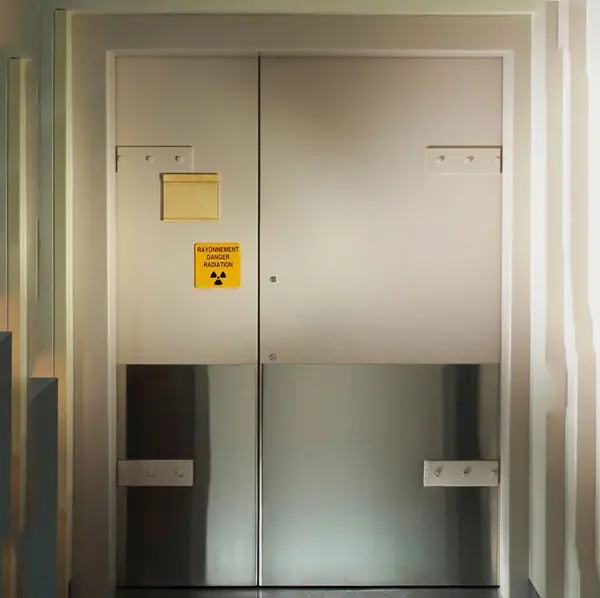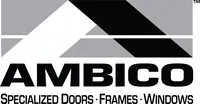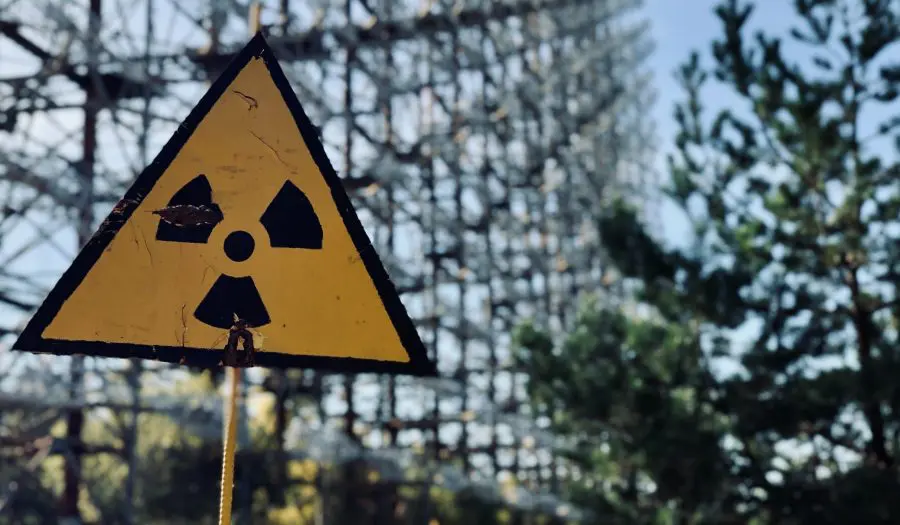
What are radiation shielded doors and why do we need them?
Doors are meant to keep something or someone, either out or in. Our acoustic doors are designed to control and limit sound transmission, our bullet resistant doors are designed to prevent the entry of ballistic rounds, and our blast and pressure resistant assemblies are meant to contain and prevent the spread of blasts. Our lead-lined steel and wood doors and frames are no different. Shielded door and frame assemblies utilize lead lining in the door core or inside the frame profile to block the radiation. While hospital environments might be the first place you think of when you think of radiation such as X-ray machines, there are a surprising number of other areas where radiation protection is essential.

Veterinary Clinics
While humans have benefited from modern medicine, our pets have been fortunate as well. Most veterinary clinics are now equipped with X-ray machines to create radiographs of animals for diagnostic purposes. It is precisely this reason that radiation resistive materials including radiation shielded door assemblies are necessary to protect workers and animal owners from the risks of radiation. Typically, lead lined doors can be supplied to veterinary clinics as both wood with a lead core or steel with a lead core to match the aesthetic of the clinic.

Research labs and nuclear power plants
Nuclear power plants are a large sector where radiation shielding is used. The United States, for example, contains the largest number of nuclear reactors and power plants in the world and produces the most nuclear power. As a result, there is a great need for radiation proof materials in these areas. Nuclear research labs also produce groundbreaking research, such as cancer fighting radiation research, energy production research, and much more. They require the utmost protection against radiation for the safety of their employees and the public. Radiation shielded door assemblies play a critical role in providing key life safety in these power plants and research centers

Hot Cells
Hot cells are radiation containment chambers used in the nuclear energy and radiation medicine industries. These specially designed stainless-steel chambers protect users from radiation while managing radioactive isotopes inside the chamber. Radiation shielding materials such as lead glass is often the preferred component of hot cells, which is used in conjunction with other radiation proof materials found in the hot cell chamber. By working within hot cells, scientists can safely experiment with different nuclear fuels, create safer nuclear reactors, and advance research on the use of nuclear isotopes in medical sciences. Lead lined doors, frames, and windows contribute to the radiation control barriers essential for life safety.
CyberKnife Centres
The CyberKnife System is a revolutionary robotic-assisted device used to deliver high-energy X-rays, or photons, for radiation therapy. This highly accurate device provides targeted radiation to tumours to reduce damage to surrounding tissues and can track the target area if the patient moves. In rooms where The CyberKnife System is in use, radiation shielding plays an integral role in working with surrounding radiation proof materials in the walls. Using radiation shielded door and frame assemblies with radiation proof materials keeps doctors and technicians safe from unwanted exposure produced by the radioactive particles.
Aerospace Manufacturing
Neutron radiography, or N-ray, is akin to X-rays in that it can penetrate materials, but at a much deeper level than a traditional X-ray can. In the aerospace industry, N-rays provide a crucial advantage to 3D printed products that are becoming more and more common in aerospace manufacturing. This is due to the complexity of the products being created and lowers the cost to create them by using this technology. Using N-rays helps manufacturers better inspect the inner components of their created products, leading to better quality assurance checks. When radiation shielded doors are combined with radiation proof materials in the factories where these components are made and tested, the safety of workers is ensured.

The AMBICO Solution
Our extensive line of radiation shielded doors are available as lead lined wood doors and lead lined steel doors both paired with lead lined steel frames, and have been used in medical, government, and research facilities to protect users from the threat of unwanted radiation. We can offer our lead lined steel products with varying thicknesses of lead ranging from 1/32” and extending beyond 1” in thickness. Our lead lined wood doors offer lead thicknesses that start at 1/8” thickness and extend to thicknesses of lead up to 1” thick. Our lead lined steel doors are also available fire rated, in accordance with NFPA-80 and certified by Intertek ‘s Warnock Hersey Mark- Northern America’s leading product safety and performance mark for building and construction products.


